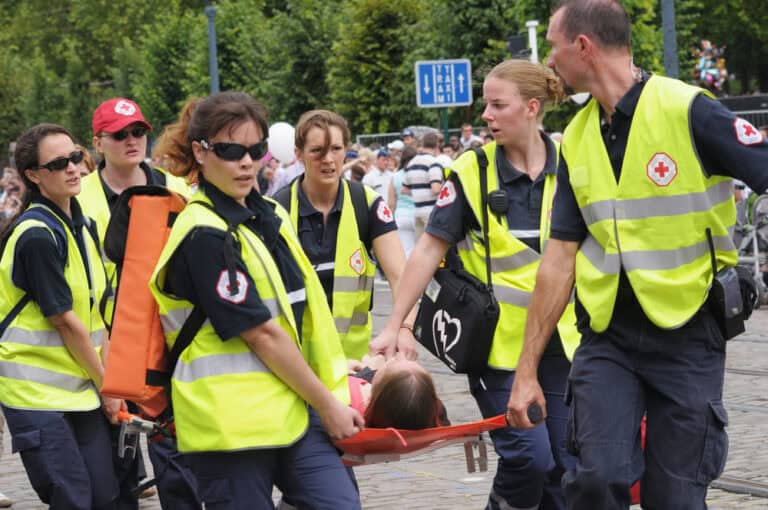13 Most Dangerous Small Towns in America
The illusion of small-town safety is cracking under the weight of economic struggle and quiet desperation.
Picket fences and friendly neighbors don’t always tell the whole story. While most Americans picture small towns as safe havens from big-city crime, the National Institutes of Health recognizes that socioeconomic factors like economic disadvantage and high unemployment contribute to increased violent crime in communities, including smaller ones, by fueling frustration and a lack of opportunity.
Financial difficulty, overstrained police resources, and mounting drug-related violence have transformed some small towns into unexpected areas of danger.
Bessemer, Alabama: The Unlikely Leader
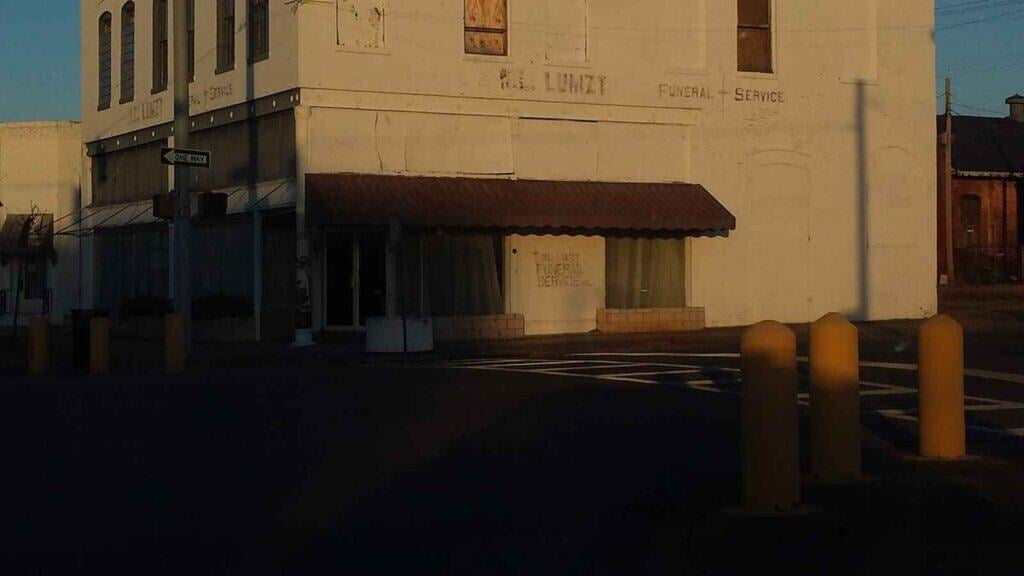
Bessemer, Alabama, has a violent crime rate of 33.18 incidents per 1,000 residents, according to Miami Armored. That’s nearly ten times the national average, and your chance of violent crime here is higher than in most major cities.
The FBI’s 2024 data paints a grim picture of this Alabama city, where residents are subjected to threats typically associated with urban areas.
Memphis Suburbs: When Big City Problems Spread
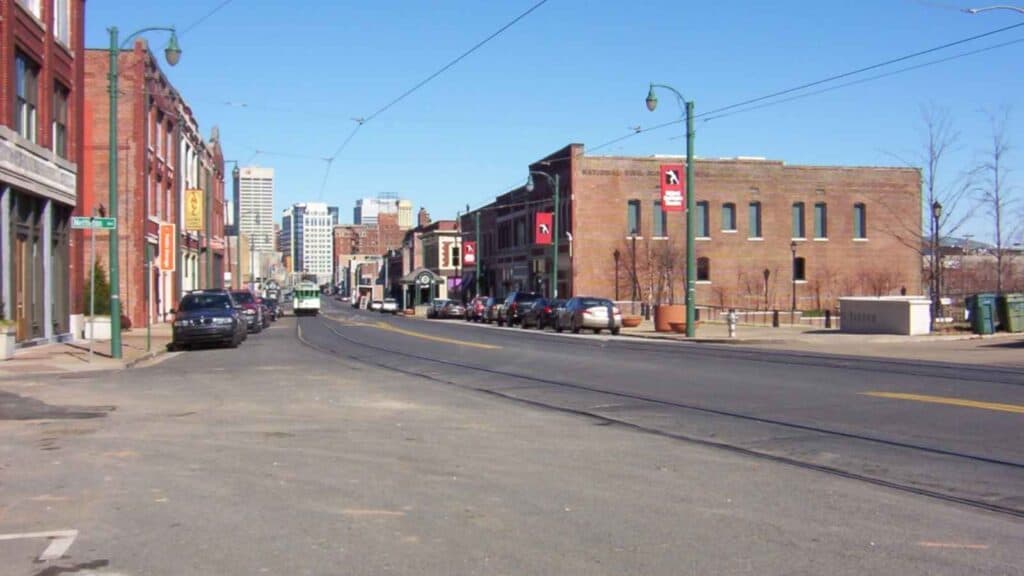
Small satellite cities surrounding Memphis report violent crime rates. Memphis had a violent crime rate of 2,501 per 100,000 people. These suburbs rival their big-city neighbor with aggravated assaults and shootings.
The crime wave in these Memphis suburbs illustrates the difficulty of distinguishing between urban and small-town peril. Think of moving to a small town to escape crime, only to discover that proximity to a big city equals all the dangers without the resources.
Monroe, Louisiana: Where Night Walks Are Uncommon
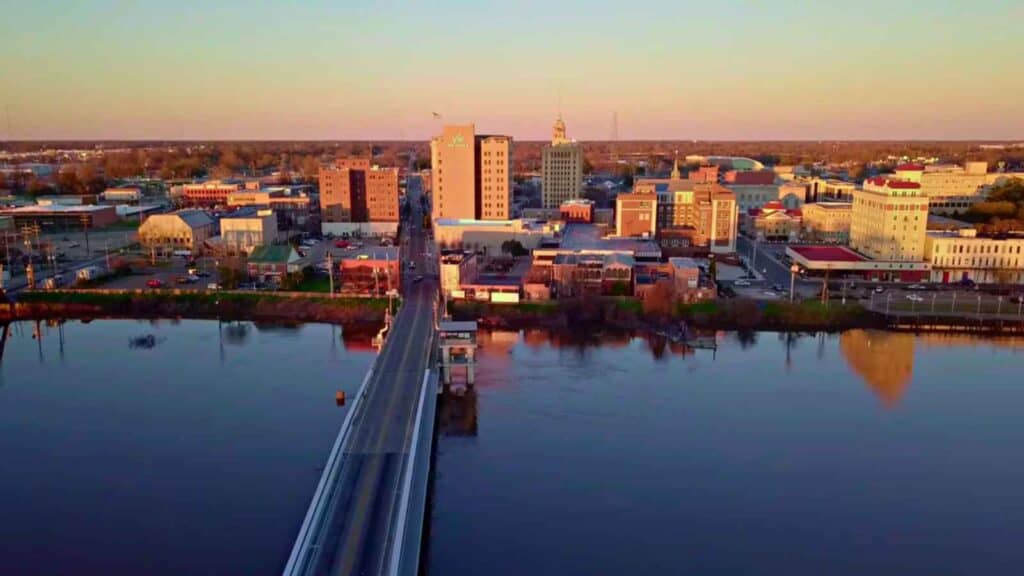
Monroe’s crime report reads like a page from a thriller book. The city’s violent crime rates are incredibly high, with the Shreveport Times reporting 2,104 violent crimes per 100,000 residents and 6,048 property crimes per 100,000,
Picture a place where locking your car isn’t enough; you’re constantly looking over your shoulder, even during daytime errands.
Marksville, Louisiana: Top of the Wrong List
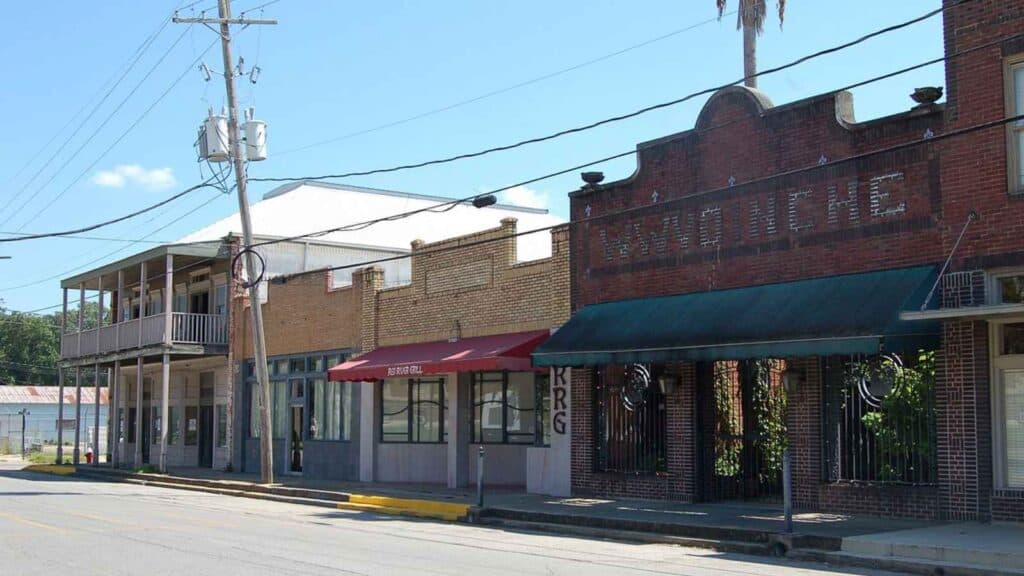
Marksville tallies 2,209 violent crimes per 100,000 residents, nearly four times Louisiana’s already high state average. This Louisiana city leads the state in violent crime, a distinction no city wants to hold.
Imagine living in a town where your hometown has the state’s worst crime rate; that’s life for residents of Marksville. The chatter in the local diner probably isn’t about boasting of community accomplishments.
Saginaw, Michigan: A Rust Belt Casualty
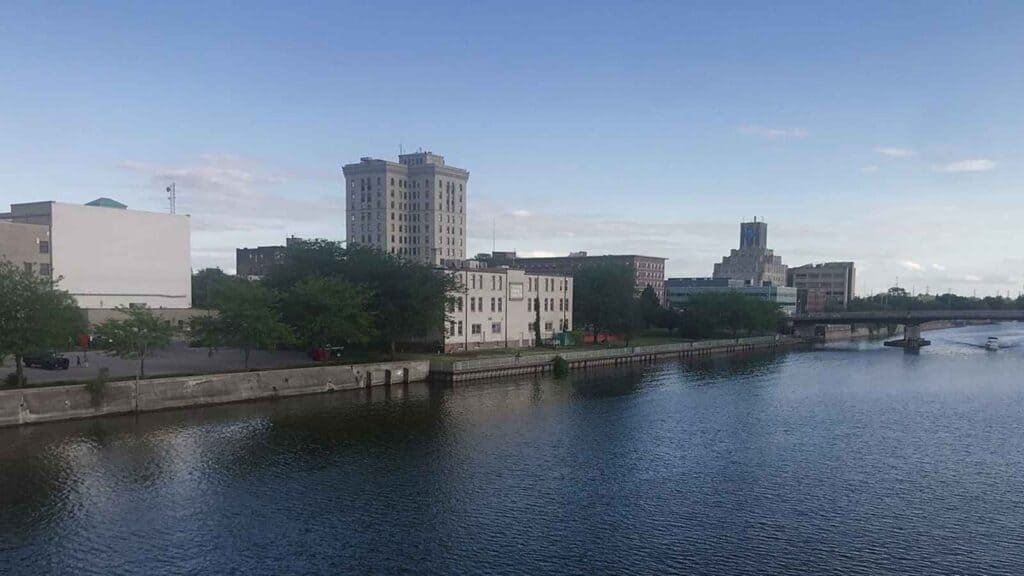
Saginaw grapples with a violent crime rate of 25.1 per 1,000 residents. This statistic placed it as the third most violent city per capita in the United States, according to 2024 FBI data reported by MLive.com. This contemporary issue has deep roots, tracing back to the economic disinvestment that began in the 1980s and eroded the city’s social safety net.
The closure of neighborhood factories decades ago has left a lasting legacy, with its consequences still visible in today’s crime statistics. While empty storefronts offer a glimpse into the city’s economic struggles, the full human cost is detailed in police reports and felt by the families living in the community.
Battle Creek, Michigan: Bottom for Safety
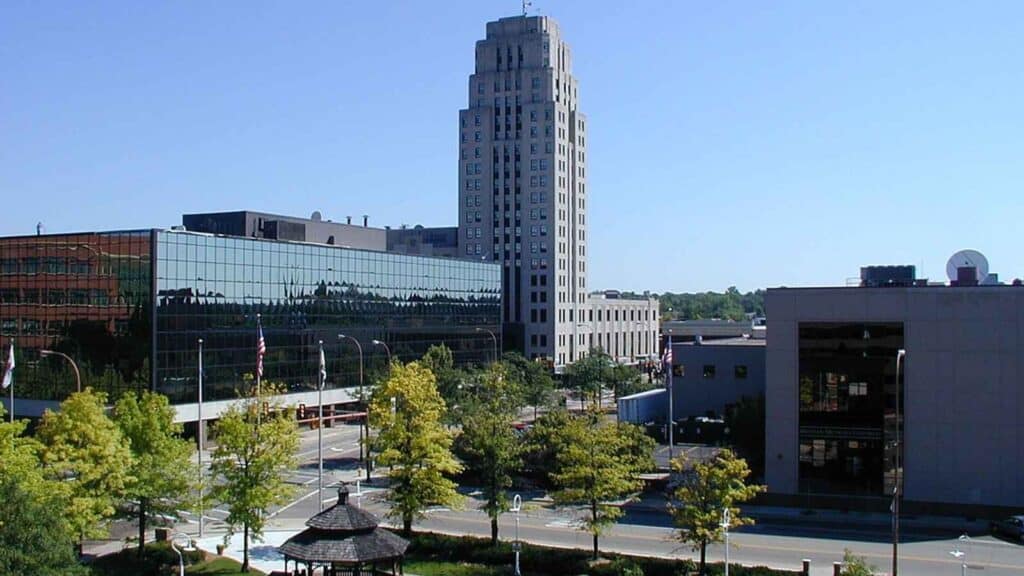
Battle Creek, MI, has a significantly higher overall crime rate, 76.2, than the national average, 33.37, with both violent and property crime rates also exceeding national averages.
The violent crime rates here far exceed most U.S. communities, making it one of Michigan’s most challenging places to call home.
Pine Bluff, Arkansas: Rolling the Dice
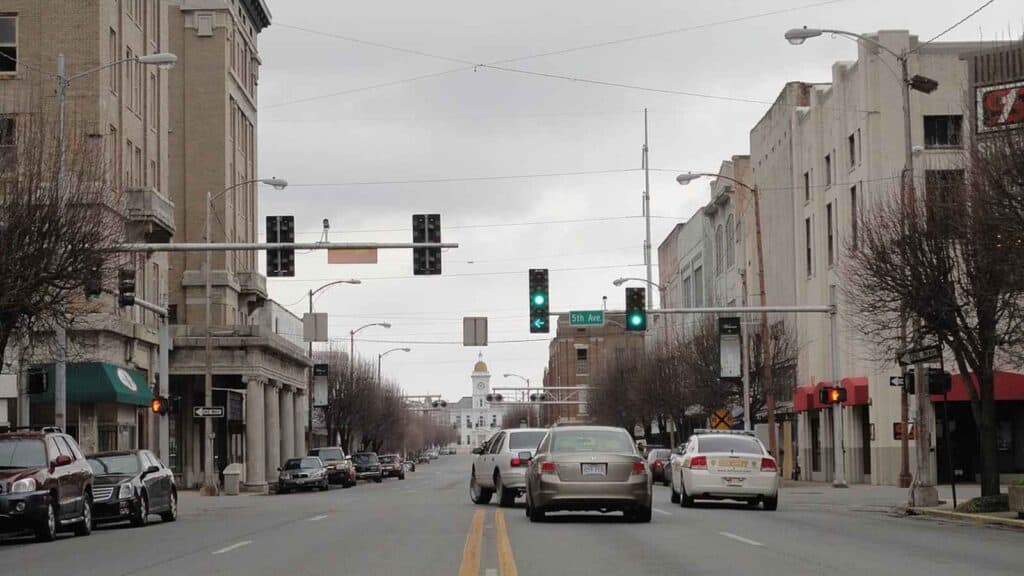
Inhabitants of Pine Bluff stand a substantial chance of being a victim of a violent crime every year. According to Newsweek, Pine Bluff, Arkansas, was indeed identified as one of the least safe cities in America, with a violent crime rate of 2,067.1 per 100,000 residents.
Think about those chances. Whenever you step out the door, you’re literally rolling dice with worse odds than a casino game. The community works to improve, yet the statistics still paint a concerning image.
Kalamazoo, Michigan: Consistently Troubling
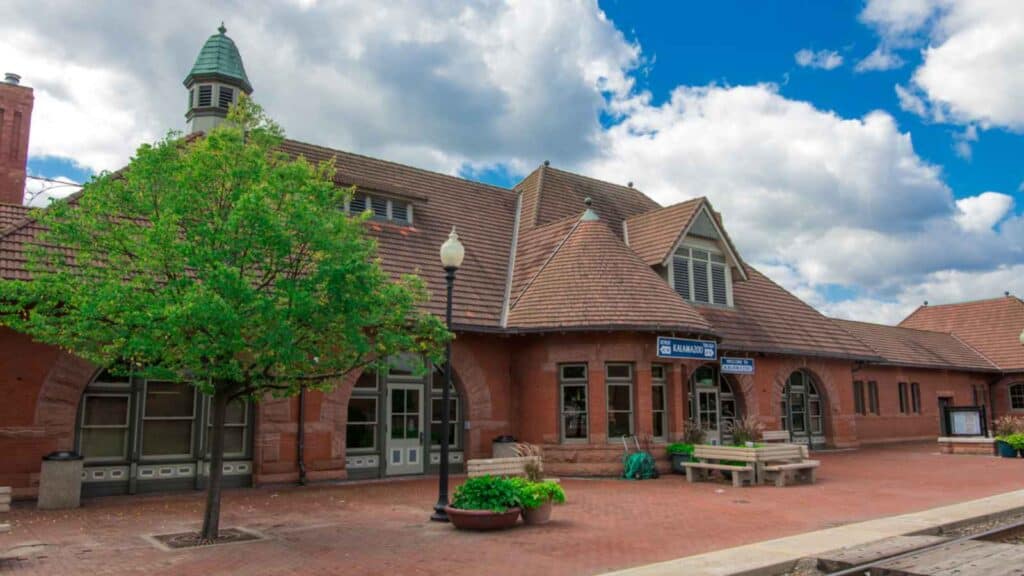
Kalamazoo experiences a crime rate of 84.26 per 1,000 residents, equating to 8,426 crimes per 100,000 citizens, a figure significantly surpassing the national average. One might expect a college town’s vibrancy to mitigate safety concerns, but here, the presence of Western Michigan University fails to offset the community’s deeply rooted crime issues.
This creates a stark and unsettling contrast between the student experience and daily life in the broader community.
Fairbanks, Alaska: Isolation Breeds Danger
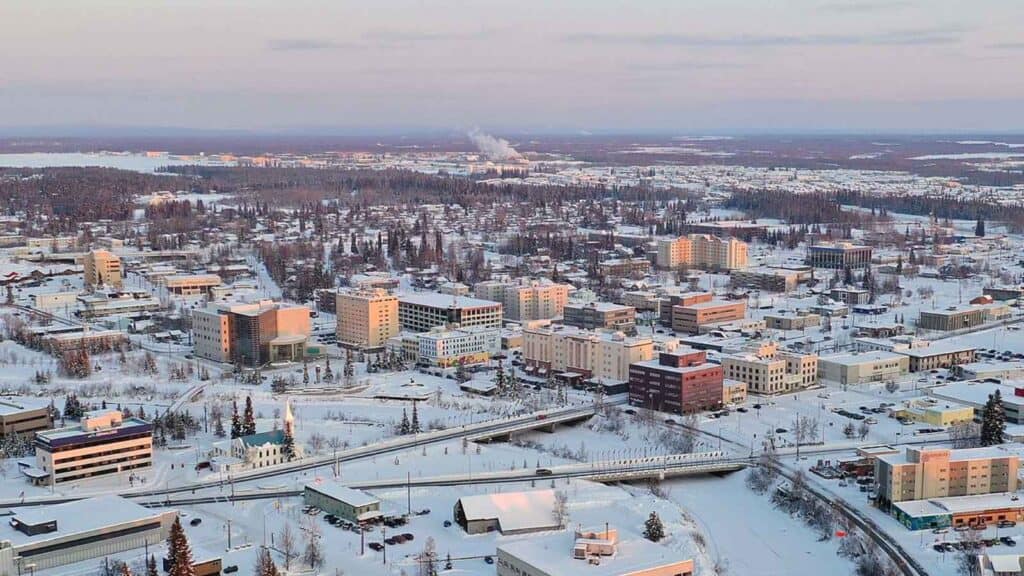
In 2020, the Fairbanks, Alaska, metro area recorded 277 violent crimes and 1,367 property crimes. This translated to a violent crime rate of 841.4 per 100,000 people and a property crime rate of 4,152.2 per 100,000, as reported by Greenville Online.
Controlling crime in Fairbanks presents unique challenges, given its remote location hundreds of miles from the nearest large city and the prolonged darkness of its winters. The very isolation that draws many to the area also fosters an environment where criminal activity can go unnoticed.
Jennings, Louisiana: Small Town, Ugly Crimes

Jennings, Louisiana, experienced 1,012 violent crimes per 100,000 residents, a rate 85% higher than the state average. Jennings shows how small towns are experiencing urban-level violence, sometimes with even fewer resources.
Imagine living in a place where rural police departments handle crime levels typically found in big cities. The math doesn’t add up; small-town resources trying to combat big-city problems rarely add up to community safety.
West Monroe, Louisiana: Rolling the Dice Daily
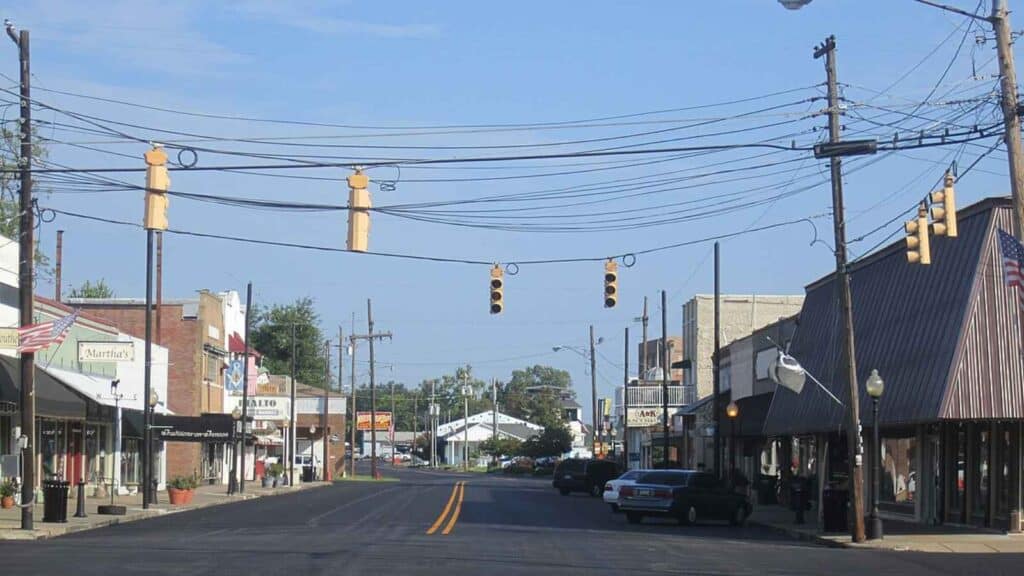
Residents of West Monroe face significant risks of both violent and property crime. According to a report from The Shreveport Times, the city has a violent crime rate of 1,359 per 100,000 residents.
This reality forces some families to plan their daily activities around crime statistics. Although local police are dedicated, strained emergency response resources limit their ability to prevent repeat offenses and can lead to slower response times.
Alexandria, Louisiana: Consistently Concerning
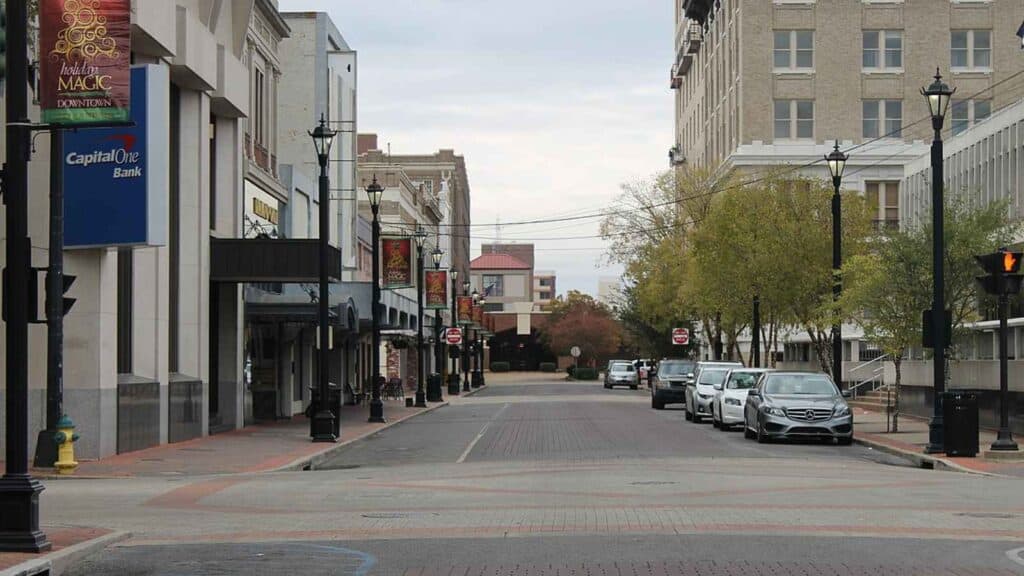
Alexandria’s violent crime rate is 1,972 per 100,000 citizens, and its property crime rate is 6,394 per 100,000 citizens. The city sees elevated levels of assault, property crime, and a sharp increase in homicides.
Alexandria struggles most with violent crime from generations of poverty and overburdened social services, painting a portrait of deep-seated systemic issues.
Flint, Michigan: Beyond Water Issues
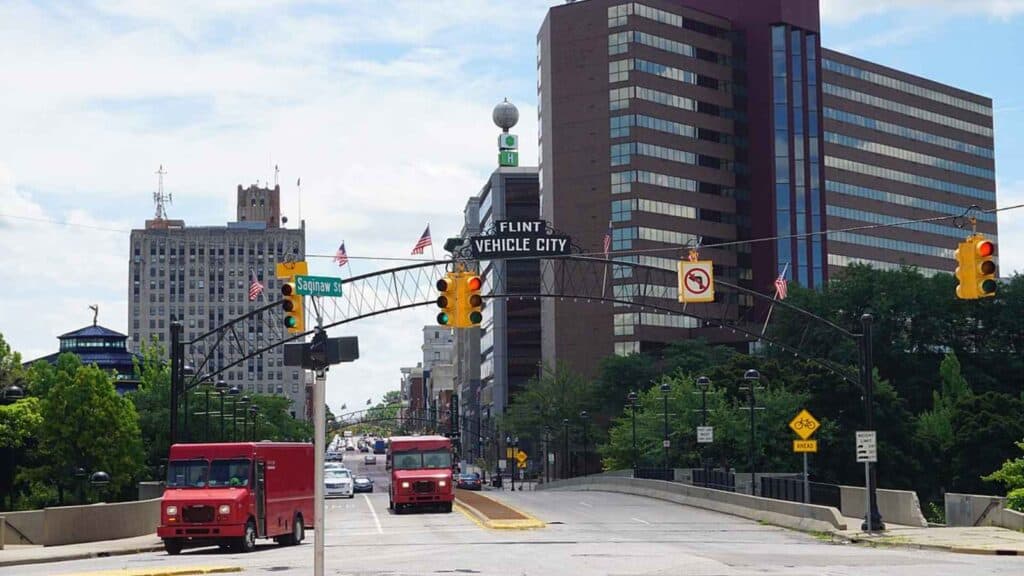
Flint rounds out our list. Nextdoor report states that Flint, Michigan, has a higher overall crime rate of 50.96 compared to the national average of 33.37, with its violent crime rate 34.15 significantly exceeding the national rate of 13.84.
Flint’s struggles highlight how infrastructure failures can perpetuate cycles of crime. While the water crisis captured national attention, the city’s rising crime rates reflect deeper, long-standing community challenges. When essential services fail, rebuilding trust becomes an uphill battle, one that Flint faces every day.
Conclusion
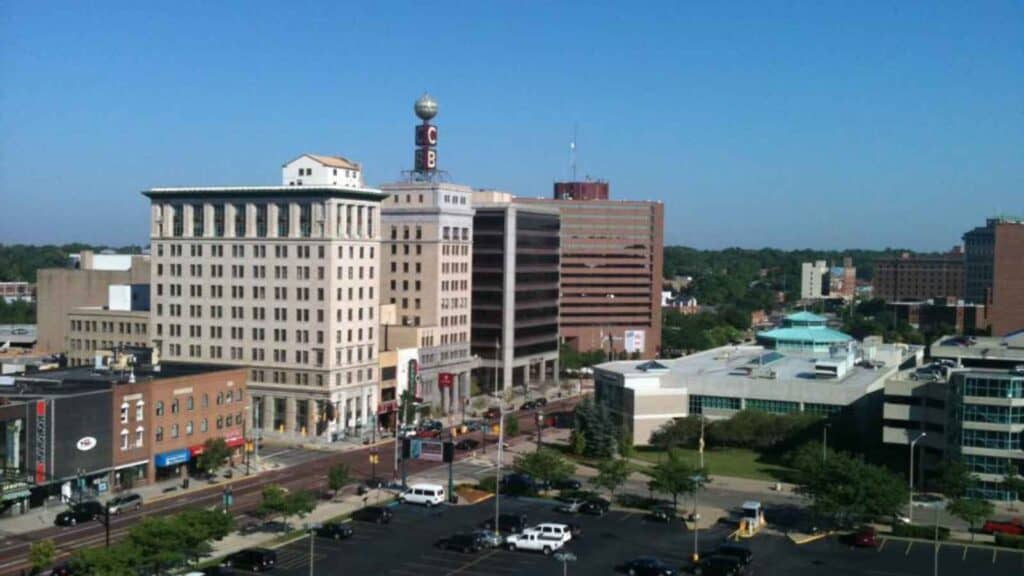
Small towns are not necessarily safer than big cities. Economic desperation, limited police, and drug-related violence can render anywhere unsafe; size doesn’t equate to safety; resources and opportunity do.
7 Morning Rituals Women Swear By for More Energy and Confidence

7 Morning Rituals Women Swear By for More Energy and Confidence
Morning rituals don’t have to be complicated. A glass of water, a quick stretch, five minutes with your journal — these small things stack up to create significant change. Women who build these habits aren’t just “morning people”; they’re people who decided to take charge of their first hour of the day.
Why Supersonic Flights Vanished From Our Skies

Why Supersonic Flights Vanished From Our Skies
Every year on August 19th, National Aviation Day celebrates the marvels of flight and the pioneers who made it possible. But as we look to the skies, one question lingers. If we could fly from New York to London in under three and a half hours back in the 1970s, why are we still taking nearly seven today? Supersonic travel was once a thrilling reality. So, what grounded it?





